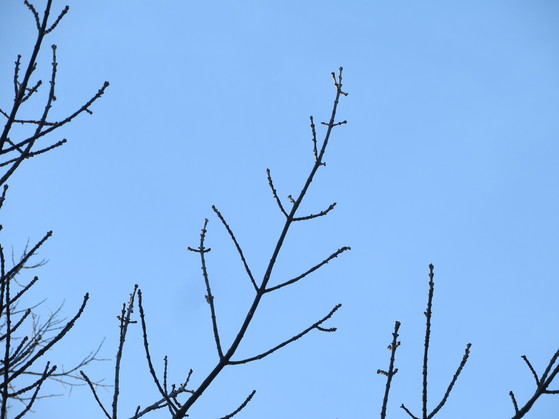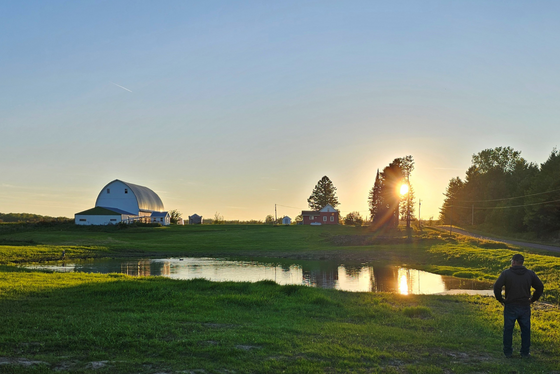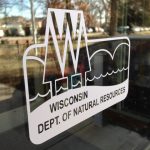Hunters: Avoid Placing Deer Stands In Ash Trees
Ash Trees Can Break And Cause Serious Injury

Identify an ash tree: Ash and maple trees, including boxelder, are the only common Wisconsin forest trees that have an opposite branching pattern, where side branches are directly opposite one another at some, but not all, branch junctions. / Photo Credit: Wisconsin DNR
MADISON, Wis. – With deer season underway, and the 9-day gun deer season fast approaching, the Wisconsin Department of Natural Resources (DNR) reminds hunters to avoid placing deer stands in or near ash trees.
Door County, plus counties in the southern half of Wisconsin and along the Mississippi River, are heavily impacted by ash trees that are dead or dying from emerald ash borer (EAB) infestation and may unexpectedly snap or drop large branches.
Tree stand accidents are the leading cause of serious injury for deer hunters making it essential to place and maintain tree stands carefully.
Hunters should also be careful around ash trees when on the ground, especially in windy conditions, as infested trees are susceptible to breakage.
When obtaining firewood for hunting trips, outdoor recreation or household heating, it is crucial to be proactive and reduce the spread of invasive pests that threaten trees in forests, parks and yards. Get your firewood near where you will use it instead of moving it over long distances, which reduces the chance of introducing EAB, gypsy moth and other harmful pests to new areas. Look for dry firewood, especially wood with loose bark, since it has the lowest risk of being infested.
Purchasing certified firewood is another option. Certified firewood is seasoned or treated to eliminate pests and diseases. Bundles of certified firewood have a printed label showing certification. Find retailers that sell certified firewood on the Firewood Scout website.
Find more information on ash tree identification here. Visit the DNR website to learn more about EAB, signs and symptoms of infestation and updates on known EAB infestations.
NOTE: This press release was submitted to Urban Milwaukee and was not written by an Urban Milwaukee writer. While it is believed to be reliable, Urban Milwaukee does not guarantee its accuracy or completeness.























